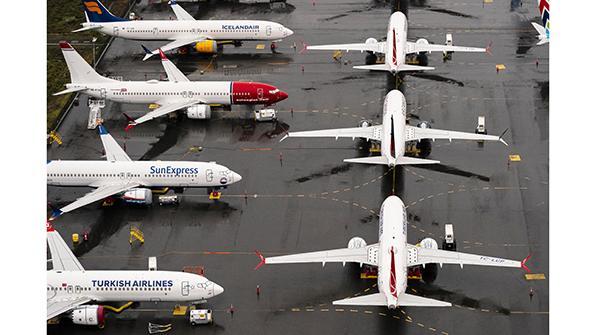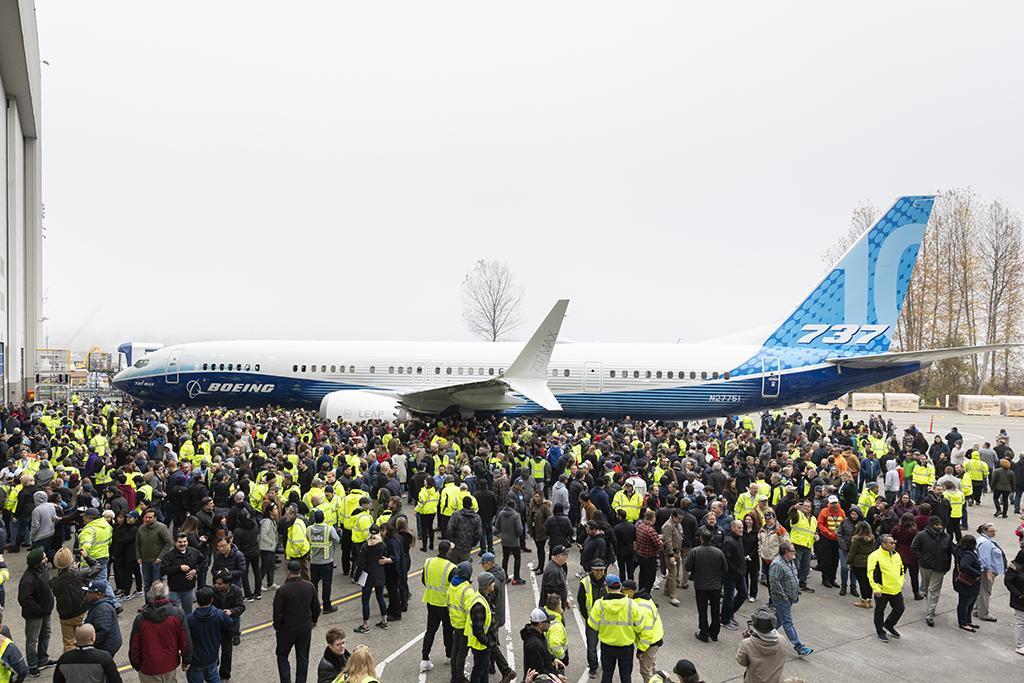The Growing Regulatory Divide From The 737 MAX's Return

This is a shortened version of the article EASA’s 737 MAX Work Underscores Growing Regulatory Divide by Sean Broderick. You can read the article in full here
The European Union Aviation Safety Agency’s successful push to have noncritical safety enhancements added to the Boeing 737 MAX fleet in the coming years underscores the already powerful agency’s growing influence. What remains to be seen is whether it is a sign that regulators are sharing a more collaborative leadership role or taking potentially disruptive positions of independence.
- 737-10 will include some changes and face added scrutiny
- Changes will apply to entire MAX family
Along with other influential regulators—notably the FAA, Transport Canada (TC) and Brazil’s National Civil Aviation Agency (ANAC)—the European Union Aviation Safety Agency (EASA) spent much of the last 23 months determining what Boeing needed to do to address the 737 MAX safety issues that contributed to two fatal 737-8 accidents.
The RTS requirements focus on immediate safety-of-flight matters. Several regulators have suggested that other concerns uncovered during their work may require action.
Only EASA has provided details on what it expects and when.

“EASA defined a return-to-service strategy designed to ensure the safety of the aircraft design,” the agency says in a report on its 737 MAX work. EASA’s report lists seven specific items that Boeing has agreed to tackle. Three are aligned with ongoing development of the 737-10, the MAX family’s longest version.
Find out more about what EASA has outlined for the MAX's return
EASA raised concerns with the 737 MAX’s antiquated flight-crew-alerting function, which “follows the architecture and cockpit philosophy established early in the 737 design history,” EASA says.
Immediate concerns have been addressed through flight-manual changes that “provide a more structured method for interacting with the crew-alerting system and conducting checklists,” the agency adds.
The FAA has emphasized that the RTS work prioritized immediate safety issues identified as linked to the accidents. While the U.S. agency has not publicly revealed a list of next steps, it has acknowledged that more work will be done.
The length and specificity of EASA’s post-RTS list suggests otherwise. Its public stance on the MAX’s future and its concerns about the 777X offer early evidence that the European regulator is making good on its pledge to be more involved in certification programs.
EASA’s RTS parameters also indicate a widening gap between it and the FAA.
The cracks have existed prior to the 737 MAX and different approaches have been mounting and creating headaches for manufacturers.
Read more on what is causing the cracks between the two regulatory bodies
“Inconsistencies in interpretation between the certification authorities on a previously harmonized regulation have exacerbated these challenges and driven late design changes without realizing safety benefits over currently designed alerting systems,” the group says in a letter to the regulators accompanying its December 2020 report.
Find the article in full - EASA’s 737 MAX Work Underscores Growing Regulatory Divide by Sean Broderick.